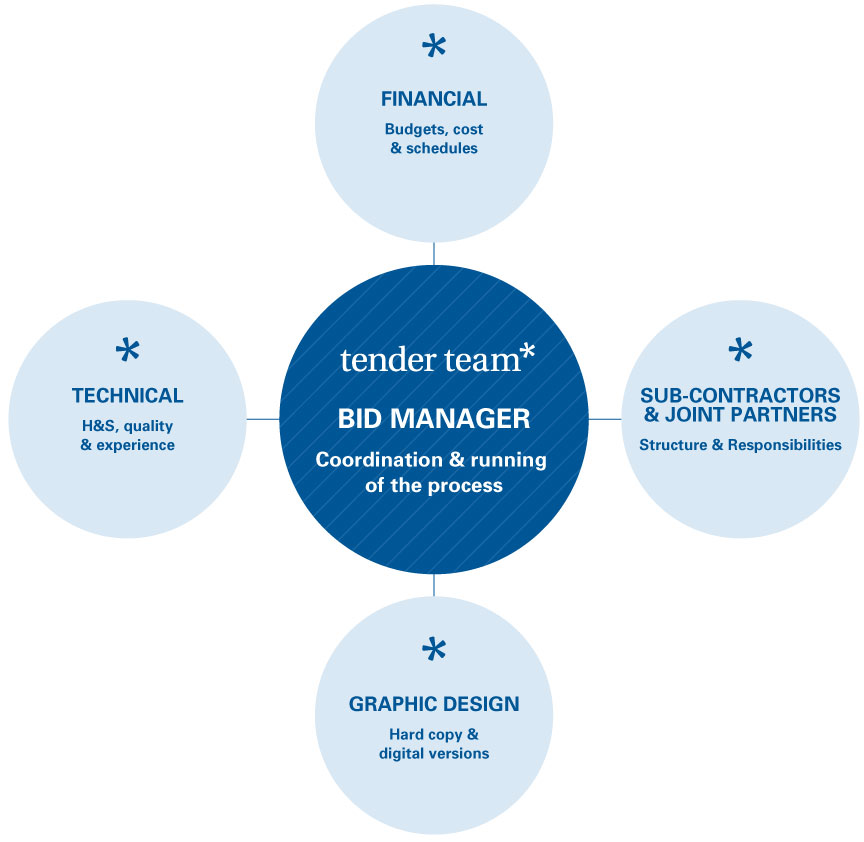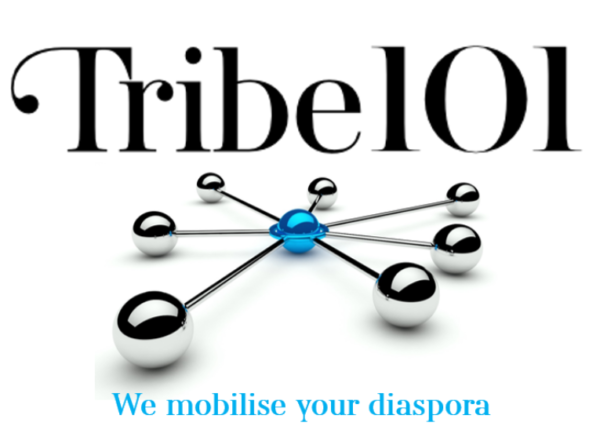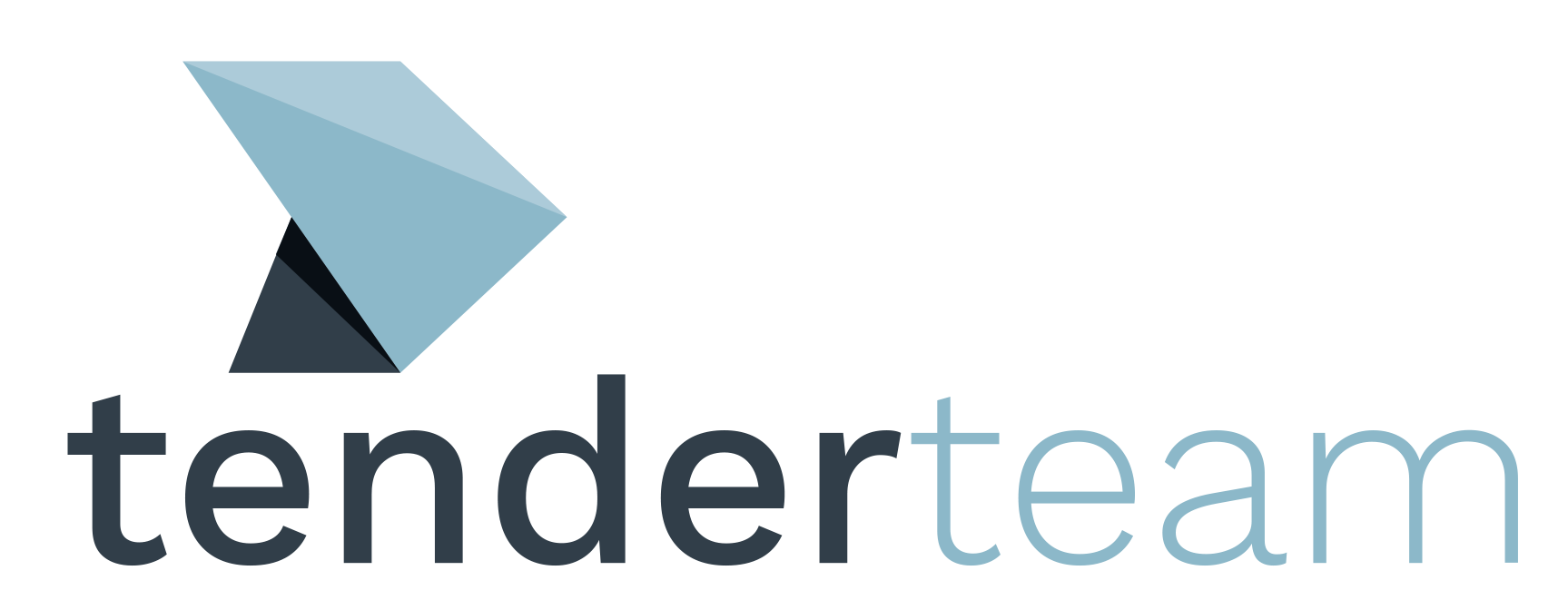Most of us learned the rules of good communications when we were barely able to walk. We learned how to tailor our messages to our different audiences (one grown-up versus another); we learned how to ask for what we wanted; and we learned what how to trade what we had (affection or good behaviour) for what we wanted.
The rules governing good business communications aren’t very much different. We just have to be a tad more sophisticated in our approach.
What do clients really want?
A good pitch starts with understanding the client’s needs. There’s no point in trying to sell a car to a client if they really want a motorbike. And if we haven’t done out homework to find out exactly what they want, and why they want it, then we don’t deserve their business.
So ask questions, and then ask more. Ideally, speak with the client before the tender process starts. Government agencies in particular are very restricted in what they can tell you once the RFT has been published.
In your questions, find out not just what they are looking for, but why. Is their motivation financial, operational or political? Who is the key person behind the decision to go to tender, and what do they really want?
Delivery – to the client’s needs:
It is surprising how many tender submissions are for what the seller wants to provide, rather than what the buyer wants. Even when armed with good intelligence about their clients’ needs, many companies veer back to what they are comfortable in providing. They ignore the clear instructions in the RFT. Don’t let this happen to you. Make sure to constantly ask yourself: “Is this what the client wants?”
To make this easier, take a blank piece of paper and draw a line down the middle. In the left hand column, make a list of the four or five points that you want the tenderer to remember. This might include: “Our company has best after-sales service”, or “we have the most technically-advanced solution”.
On the right side column, write in examples and factoids that will help the audience remember those key points. Examples: “We have a service team in every county”, or “we have access to our parent company’s engineering know-how”. Whatever you write, remember that audiences love examples. Don’t just present them with facts; give them anecdotes to help them remember what you are saying.
Vocabulary:
When writing and presenting, use the language that your prospective client uses. Try to avoid what passes as business-speak, and the hyperbole and American sports-laden clichés that seem to litter many tender documents and business presentations.
Many business people are perfectly good communicators when huddled over a cup of coffee with a colleague, or at a regular meeting during a not-so-busy morning. But put them in front of a potential client with a big contract at stake and they become a gibbering mass of cliché and jargon.
Not everything that is done differently is a paradigm shift. Not every process can be called a solution. There is no need to describe all your activity as ‘results-driven’; what other motivation might you have?
Don’t be afraid of blank space. If they offer you a page to describe your services, it’s ok to only fill half the page. They might appreciate you being brief and saving them time.
Focus on informing your audience rather than impressing them. They will be impressed, if you give them the information they require, clearly and concisely.
Clear slides:
Ah, PowerPoint, the fickle friend of business communication; so easy to get right, so easy to get wrong.
The golden rule of PowerPoint is that it is great for pictures and lousy for words. If your slides comprise diagrams, tables and photographs that you couldn’t describe with words, that’s a good sign.
If your slides contain only words, then ask yourself, what’s on the slides that you can’t convey verbally? If the slides are only repeating what you are saying, then what’s the point? Turn off the projector and talk. It’s less confusing for the audience. And if you are using more than 25 words on a slide – reconsider, and perhaps rewrite.
When submitting a tender document, the same rules will apply. Use photos and diagrams if they will tell your story better than words. Be brief. Be kind to your audience.
For tender presentation training and other communication skills contact Gerry at [email protected]













